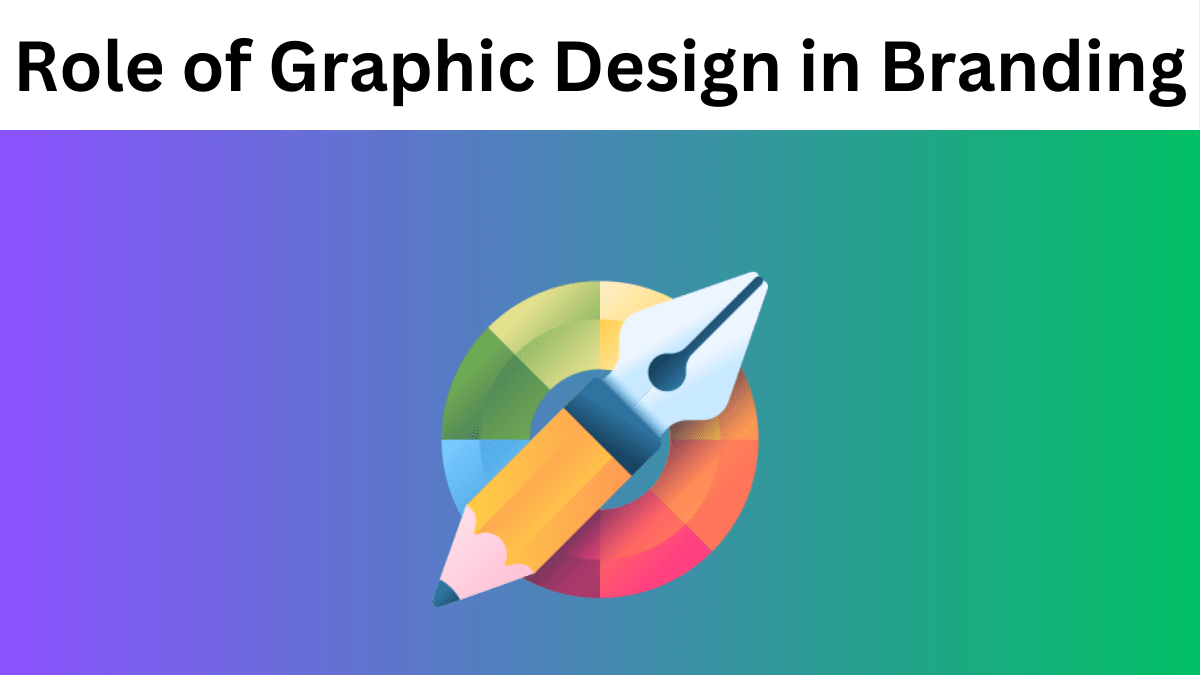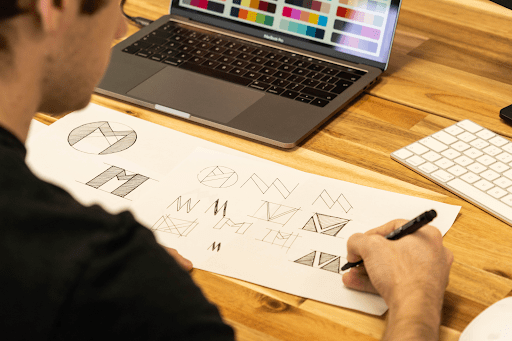The Role of Graphic Design in Effective Branding
Graphic design in branding is akin to a storyteller crafting a tale that captivates its audience. It’s about creating a visual identity that resonates on a deep, emotional level. Consider Apple’s minimalist designs or Nike’s iconic swoosh; these brands don’t just sell products, they sell stories of innovation, aspiration, and empowerment. Every element, from the logo to the color scheme, is a chapter in a visual narrative that speaks directly to the consumer’s heart.
Contents
The key to successful visual storytelling in branding lies in understanding your audience. By knowing who you are speaking to, you can craft a visual language that resonates with them. For instance, a brand targeting young adults might opt for bold, vibrant colors and contemporary designs, while a luxury brand might prefer subtle elegance and refined typography. The goal is to create a consistent visual identity that reflects the brand’s core values and message.
The Psychology of Colors: More Than Meets the Eye
Colors do much more than fill space; they evoke emotions and create associations. For instance, red can evoke feelings of passion and urgency, which is why it’s often used in sales and clearance banners. On the other hand, blue can impart a sense of trust and dependability, making it a popular choice in the financial sector. Brands like Coca-Cola and Facebook have effectively used color to create a strong emotional connection with their audience.
When selecting colors for a brand, it’s crucial to consider the cultural context and the emotional undertones each color carries. In some cultures, for example, white is associated with purity and peace, while in others, it may represent mourning. By choosing colors that align with your brand’s message and resonate with your target audience, you can create a more impactful and memorable brand identity.
Typography: The Unsung Hero of Branding
The power of typography in branding is often underestimated. The right font can significantly influence how your brand is perceived. For example, a sleek sans-serif font can convey a sense of modernity and innovation, as seen in Google’s branding, while a classic serif font can evoke a sense of tradition and reliability, as demonstrated by Time Magazine. Each font choice adds a unique flavor to your brand’s voice, making typography a crucial element of your brand’s identity.
When selecting a font, it’s essential to consider not only the aesthetic appeal but also readability and versatility. A font that looks great on a billboard might not translate well to a mobile screen. Moreover, the chosen typography should align with the overall tone and personality of the brand. A tech company, for instance, might opt for a clean, modern font, while a bakery might choose a more whimsical, handwritten style.
Graphic Design in Marketing: Connecting the Dots
Graphic design extends its reach beyond traditional branding elements to every aspect of marketing, including essential tools like business cards. A well-designed business card can serve as a powerful branding tool, making a lasting impression and conveying essential information in a concise format. With platforms like VistaCreate offering innovative business card templates, creating a memorable business card has become more accessible. These templates provide a perfect blend of creativity and professionalism, ensuring your business card effectively represents your brand.
A good business card should not only display contact information but also give a snapshot of your brand’s personality. It’s about finding the balance between being informative and being visually engaging. Remember, a business card is often the first tangible representation of your brand that a potential client or partner will see. Make it count by ensuring it’s not just informative, but also reflective of your brand’s identity and values.
In the digital age, a brand’s online presence is just as crucial as its physical one. The role of graphic design in shaping how a brand is perceived online cannot be overstated. From website design to social media graphics, every visual element must be carefully curated to represent the brand accurately and attractively. Brands like Spotify, for instance, use vibrant and dynamic graphics to create an engaging and memorable user experience.
An effective digital brand strategy involves more than just aesthetic appeal; it requires a deep understanding of user experience and interaction. The visual elements should not only be eye-catching but also intuitive and user-friendly. For instance, a website should be visually appealing, but also easy to navigate, with clear calls to action. Similarly, social media graphics should be attention-grabbing but also aligned with the platform’s format and audience preferences.
The Future of Branding: Evolving with Graphic Design
As technology evolves, so does the role of graphic design in branding. Emerging technologies like augmented reality (AR) and virtual reality (VR) are opening new avenues for immersive branding experiences. Imagine a future where customers can walk through a virtual store designed with hyper-realistic graphics, or interact with products in an augmented reality space. These technologies offer unprecedented opportunities for brands to engage with their audiences in innovative and memorable ways.
However, embracing these new technologies requires not only creativity but also a deep understanding of how they can enhance the brand experience. Brands should approach AR and VR not as gimmicks but as tools to create deeper, more meaningful connections with their audiences. By thoughtfully integrating these technologies into their branding strategies, brands can create unique experiences that set them apart in a crowded marketplace.
Branding Beyond the Screen: The Tangible Touch
While digital branding is crucial, the importance of tangible, physical elements of branding cannot be overlooked. Packaging design, for instance, plays a critical role in how a product is perceived and can significantly influence purchasing decisions. The unboxing experience, in particular, has become a pivotal moment in the customer journey, offering brands an opportunity to create a memorable and shareable experience.
Effective packaging design goes beyond aesthetics; it should also reflect the brand’s values and message. For instance, a brand that values sustainability might use eco-friendly materials and minimalist designs to convey its commitment to the environment. Additionally, packaging should be designed with the customer in mind, ensuring it’s not only visually appealing but also functional and easy to use.
Incorporating genuine advice from a seasoned graphic designer: When designing packaging or any tangible branding element, always keep the end user in mind. Consider how they will interact with the product, what emotions you want to evoke, and how the design aligns with your overall brand strategy. Remember, good design is not just about looking good; it’s about creating a meaningful and cohesive brand experience at every touchpoint.

